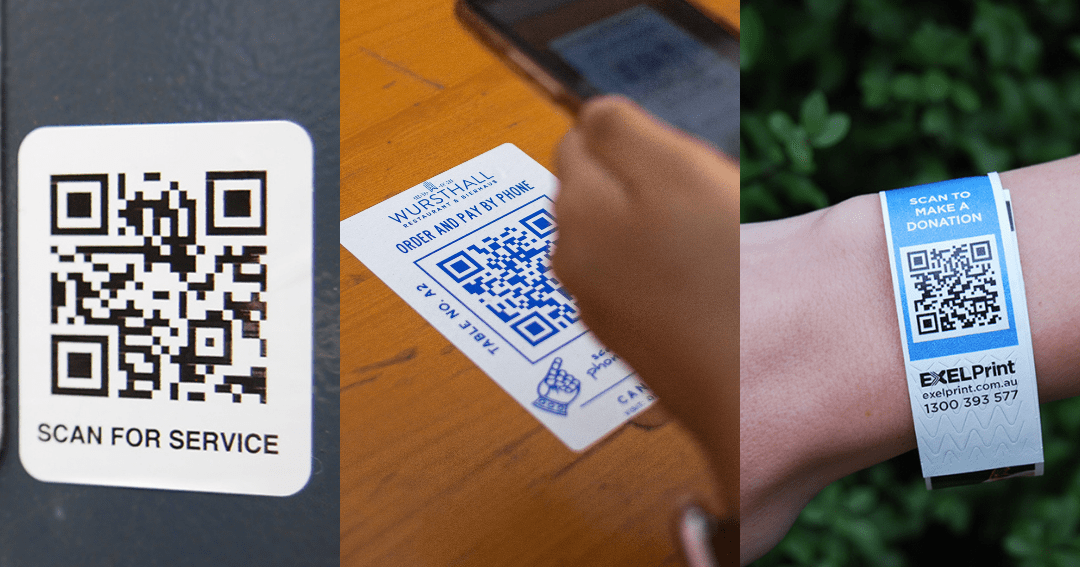QR codes are more than just boring black and white squares. They’re a powerful tool that can inject some excitement into your advertising, marketing, and communication strategies. Take your first steps towards QR code success by following these top tips:
By following these tips, you can unlock the potential of QR codes and enhance your marketing efforts in a creative way. So go ahead and give it a try!
Introduction to QR Codes
QR codes have been around for more than two decades, but they have just picked up popularity in recent years. QR codes are two-dimensional quick response codes that store information in a machine-readable format. They look a little bit like barcodes, but they store much more information, and they can be scanned using a smartphone or a QR code reader. QR codes can be used for many different purposes, from advertising and marketing to sharing personal information and assets.
Understanding QR Codes
QR codes are made up of small squares arranged in a grid pattern. Each square represents a bit of data, which can be anything from a URL to a phone number or a text message. QR codes come in many different sizes, depending on how much data they need to store. The bigger the QR code, the more data it can hold. QR codes can be printed on any surface, from flyers and billboards to product packaging and business cards.
When you scan a QR code, your smartphone’s camera reads the code and decodes the information stored inside. You will need to have a QR code reader app installed on your phone to scan QR codes. Some smartphones come with a built-in QR code reader, while others require a third-party app. Once your phone has scanned the QR code, it will perform the action associated with the information stored in the code.
Creating Your Own QR Codes
Creating your own QR code is easy and free. There are many tools available online that allow you to generate QR codes for different purposes. Some popular free QR code generators include:
- QR Code Generator
- QR Stuff
- GoQR.me
You can use these tools to create QR codes for your website, social media profiles, business cards, and more. When creating a QR code, make sure to choose the right size, color, and image quality to ensure that it will be readable and scannable.
Scanning QR Codes
Scanning QR codes is easy and straightforward. You will need to have a QR code reader app installed on your phone. Open the app and point your phone’s camera at the QR code. Your phone will automatically scan the code and decode the information stored inside. Depending on the type of information stored in the code, your phone may open a website, send a text message, or dial a phone number.
It’s important to note that not all QR codes are safe to scan. Some QR codes may contain malicious software or lead to websites that are unsafe or inappropriate. Make sure to only scan QR codes from trusted sources and avoid scanning QR codes from unknown or suspicious sources.
Practical Uses of QR Codes
QR codes have many practical uses in today’s world. Some of the most popular uses include:
- Advertising and marketing: QR codes can be used to promote a product, service, or event. Companies can print QR codes on flyers, billboards, and other advertising materials to direct people to their website or social media profiles.
- Product packaging: QR codes can be used to provide product information, user manuals, and warranty information to customers.
- Business cards: QR codes can be used on business cards to direct people to your website or social media profiles.
- Contact information: QR codes can be used to share contact information, such as phone numbers and email addresses, with others.
- Event tickets: QR codes can be used to store event tickets and allow people to enter events quickly and easily.
Tips for Using QR Codes
If you want to use QR codes for your business or personal use, here are some tips to keep in mind:
- Make sure the QR code is scannable: Test your QR codes before printing them to ensure that they are readable and scannable.
- Provide context: Make sure to provide context for your QR codes, such as a call to action or an explanation of what the user can expect to find after scanning the code.
- Use a URL shortener: If you’re using a URL in your QR code, make sure to use a short URL to avoid creating a huge QR code that may be difficult to scan.
- Use high-quality images: If you’re including an image in your QR code, make sure to use a high-quality image to ensure that it does not affect the scannability of the code.
Future of QR Codes
The future of QR codes is bright, with many potential applications in the works. Some of the most exciting uses of QR codes include:
- NFC integration: QR codes may soon be integrated with near-field communication (NFC) technology to allow for faster and easier scanning.
- Integrated payment systems: QR codes can be used to facilitate contactless payments and make transactions faster and more convenient.
- Smart cities: QR codes can be used in smart cities to provide information and services to residents and visitors.
As technology continues to evolve, QR codes may become even more common and widespread in our daily lives. Regardless of their future, QR codes have already proven to be a useful and powerful tool for sharing information and connecting people.





